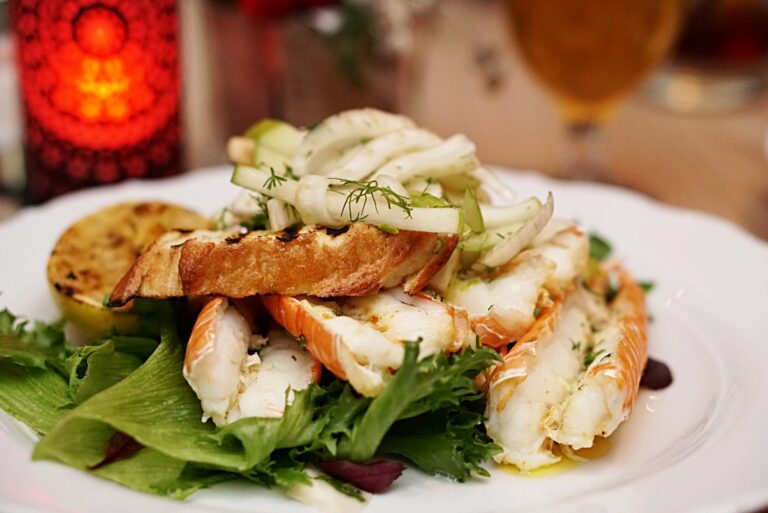Introduction: Understanding Icelandic Cuisine
Icelandic cuisine is shaped by the country’s unique geography and climate. The harsh, cold climate limits the variety of crops that can be grown, resulting in a cuisine that relies heavily on meat, dairy, and fish. The traditional Icelandic diet is also influenced by the country’s history, including long periods of isolation and poverty.
Despite these limitations, Icelandic cuisine is renowned for its purity and simplicity. The country’s pristine waters and pastures produce high-quality meat, fish, and dairy products. Traditional Icelandic cuisine is also known for preserving food through techniques such as smoking, drying, and pickling, which were necessary in the past to survive long, dark winters.
Traditional Icelandic Foods: What to Expect
If you visit Iceland, you will encounter a range of traditional dishes that reflect the country’s culinary heritage. Some of the most popular foods include smoked lamb, dried fish, fermented shark, and sheep’s head. Other staples of Icelandic cuisine are dairy products such as skyr (a type of yogurt) and butter.
In recent years, Icelandic chefs have also been experimenting with new ingredients and techniques, blending traditional Icelandic flavors with global influences. This has led to the emergence of a new generation of Icelandic cuisine, which showcases the country’s creativity and innovation.
Dietary Restrictions in Iceland: Religious and Cultural Influences
Iceland is a largely secular country, and there are no specific dietary restrictions based on religion. However, traditional Icelandic cuisine may not be suitable for vegetarians, as it often features meat and fish as the main ingredients.
There are also some cultural considerations to keep in mind. For example, Icelanders have a strong tradition of eating whale meat, which may not be acceptable to some visitors. Additionally, traditional Icelandic cuisine features blood pudding and liver sausage, which may not be to everyone’s taste.
Sustainable Eating in Iceland: A Growing Trend
As in many other countries, sustainable eating is becoming an increasingly important trend in Iceland. With the country’s pristine natural environment and commitment to environmental protection, many Icelanders are passionate about reducing their impact on the planet through their food choices.
This has led to a rise in local, organic, and sustainable food production, with many Icelandic restaurants and food producers seeking to source ingredients from nearby farms and fisheries. Visitors to Iceland can expect to find a range of sustainable food options, from farm-to-table restaurants to organic food markets.
Finding Vegetarian and Vegan Options in Icelandic Cuisine
While traditional Icelandic cuisine may not be suitable for vegetarians or vegans, there are plenty of options available for those with plant-based diets. Many Icelandic restaurants now offer vegetarian and vegan dishes, often with a focus on local, seasonal ingredients.
Vegetarians and vegans can also find a range of plant-based products in Icelandic supermarkets, including tofu, plant-based milks, and meat substitutes. However, it is important to note that these products may be more expensive than in other countries due to the high cost of importing food to Iceland.
Navigating Allergies and Food Intolerances in Iceland
If you have allergies or food intolerances, it is important to be aware of the ingredients used in traditional Icelandic cuisine. Many Icelandic dishes contain dairy, gluten, and seafood, which can be problematic for those with allergies or intolerances.
However, most restaurants in Iceland are used to catering to dietary restrictions and will be happy to accommodate your needs. It is always a good idea to let your server know about any allergies or intolerances when you order, so that they can provide you with suitable options. Additionally, many supermarkets in Iceland carry gluten-free, dairy-free, and other specialized products for those with dietary restrictions.

